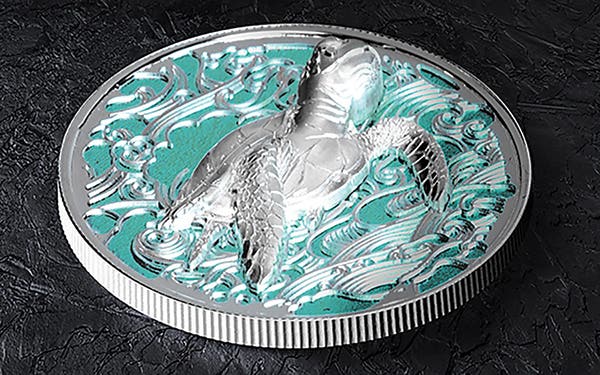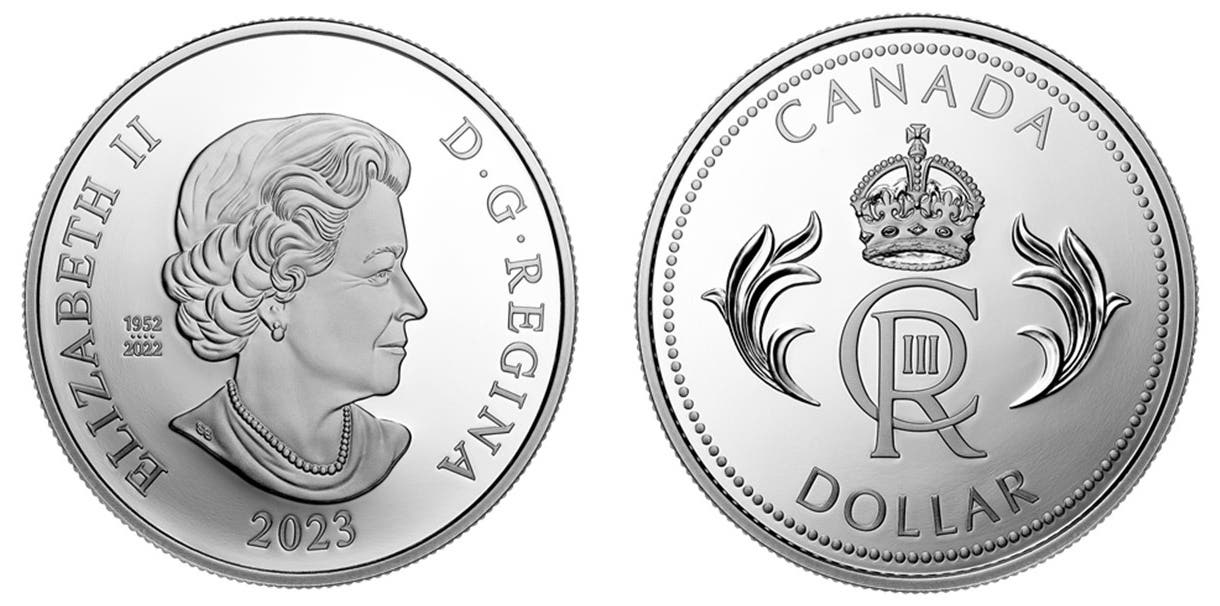George IV proof set in DNW auction
The Great British coin market has been dominated in recent months by seemingly insatiable demands for historic proof sets and gold 5 guineas. Dix Noonan Webb’s London sale of Dec….
The Great British coin market has been dominated in recent months by seemingly insatiable demands for historic proof sets and gold 5 guineas. Dix Noonan Webb’s London sale of Dec. 13-14 may go a little way to satisfying collectors in both areas.
The catalog is led by two superb early 19th century proof sets. Neither has seen an auction block for almost 80 years.
First up in George IV set of eight coins dated 1826. It comprises four gold coins (5 and 2 pounds, sovereign and half sovereign) and four silver coins (crown, halfcrown, shilling and sixpence) all displayed in a 19th century custom-made gilt-blocked case. This combination is unlisted in the Standard Catalog of World Coins or Spink.
The set was last on the market on Feb. 24, 1938, when it was purchased for £35. It has remained with the family of the purchaser ever since. The coins are described as having, “minimal hairlining, about mint state and brilliant, the silver with dark matching tone.” They are anticipated to realize in excess of $150,000.
A second set comes from the reign of William IV and is dated 1831 (KM-PS4; S-PS2). It consists of 14 coins: gold (2 pounds, sovereign and half sovereign), silver (crown, halfcrown, shilling, sixpence and Maundy set), copper (penny, halfpenny and farthing). All are housed in a contemporary fitted maroon case.
The description reads, “gold and silver with some light handling marks and hairlines, particularly on the larger coins, the silver with matching tone, these better than extremely fine and brilliant, the copper similar but a little cloudy”. The estimate here is $50,000-$80,000 – a little different from March 4, 1938, when it was purchased at auction for £33.
If those two fail to attract the catalog also features four individual 5 guineas. Top of the line is a George II of 1729 with a TERTIO edge (KM-571.1; S-3663) In EF the estimate is £20,000-£26,000.
The same estimate is carried by a William III example of 1701 with edge DECIMO TERTIO (KM-508; S-3456). It also grades EF.
A second William III coin but of 1699 (KM-505.1; S-3454) has an estimate of £14,000 to £16,000 while an example from the reign of William and Mary dated 1692 and with elephant & castle (KM-479.2; S-3423) is estimated at £12,000 to £15,000.
Full details of the entire sale may be found on the DNW website at www.dnw.co.uk.
This article was originally printed in World Coin News. >> Subscribe today.
More Collecting Resources
• More than 600 issuing locations are represented in the Standard Catalog of World Coins, 1701-1800 .
• The 1800s were a time of change for many, including in coin production. See how coin designs grew during the time period in the Standard Catalog of World Coins, 1801-1900 .








